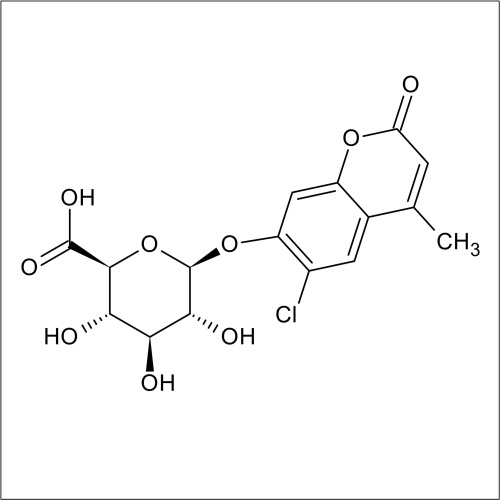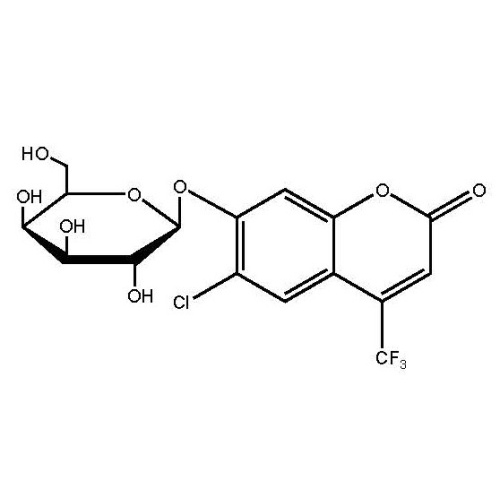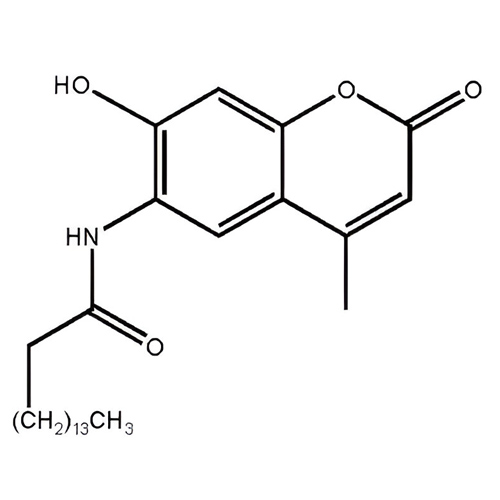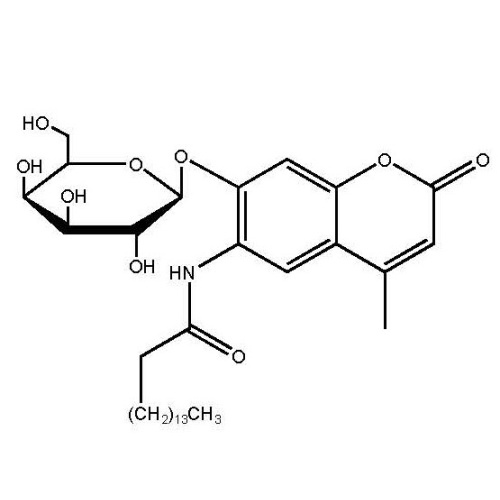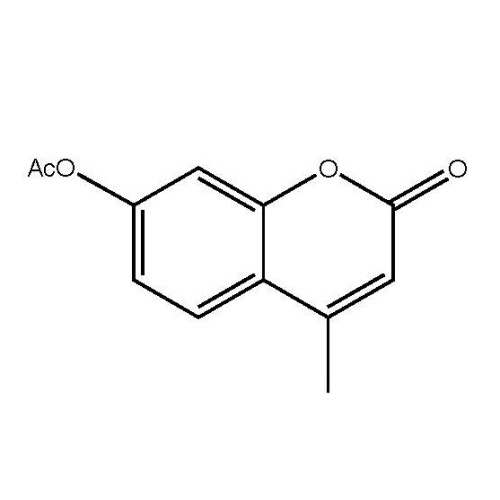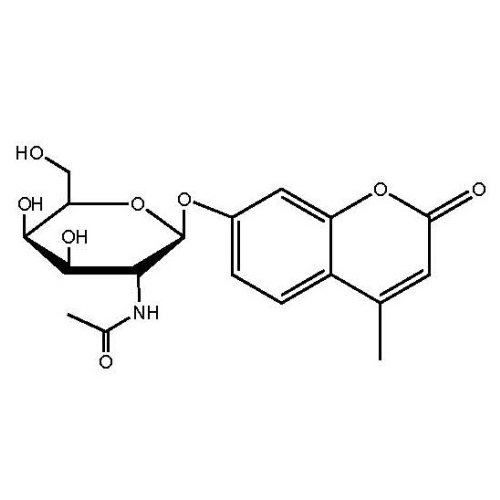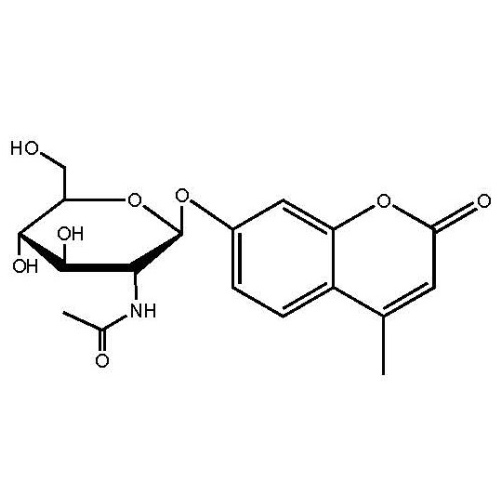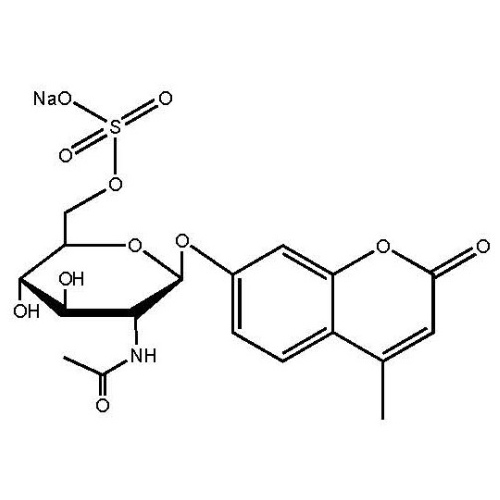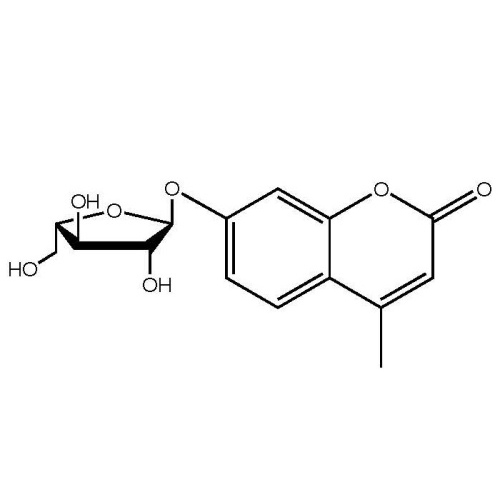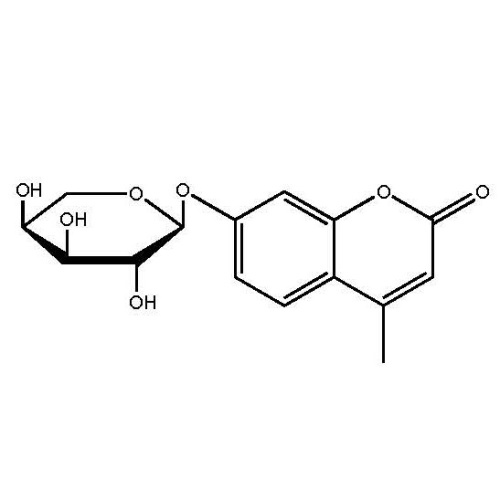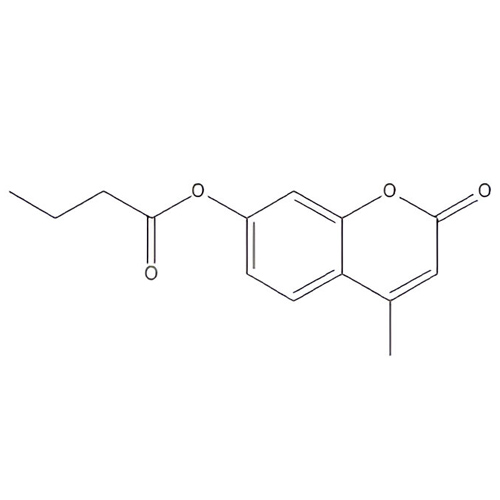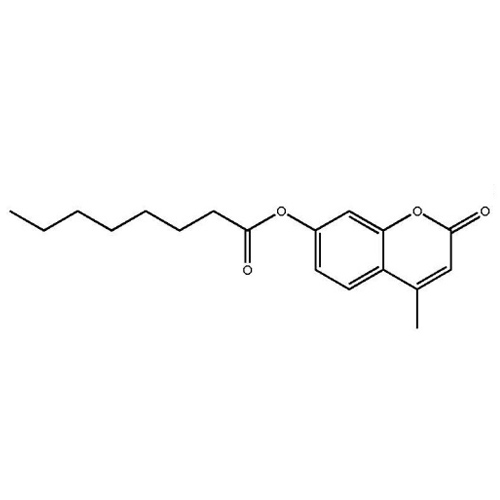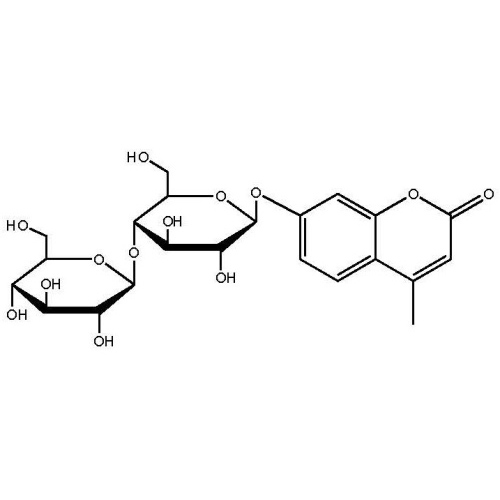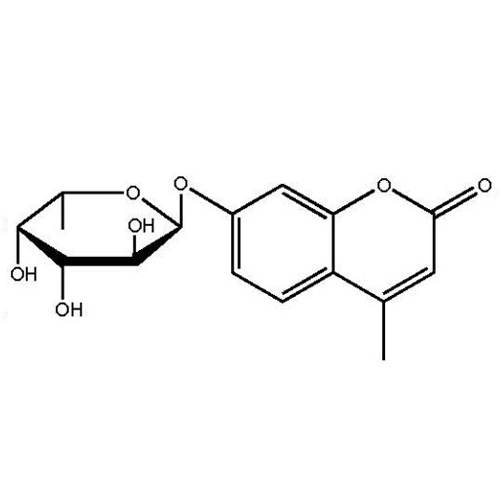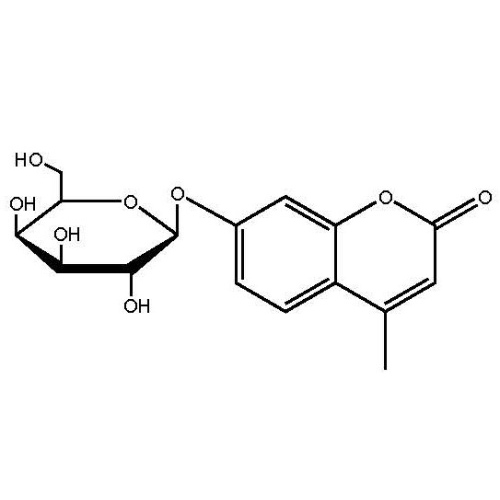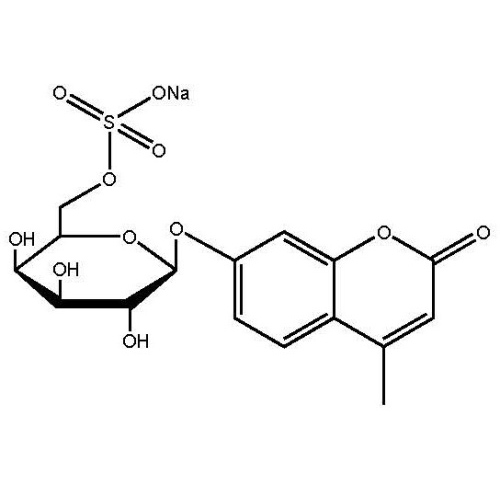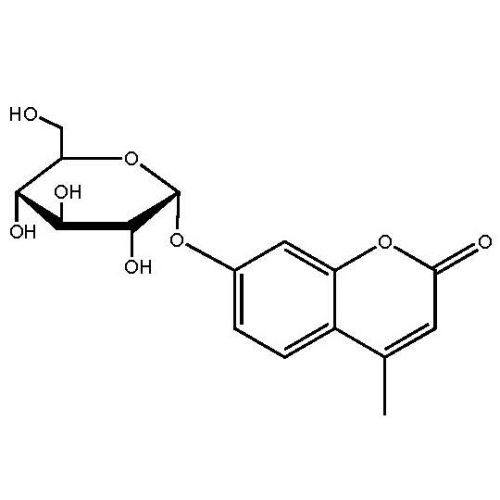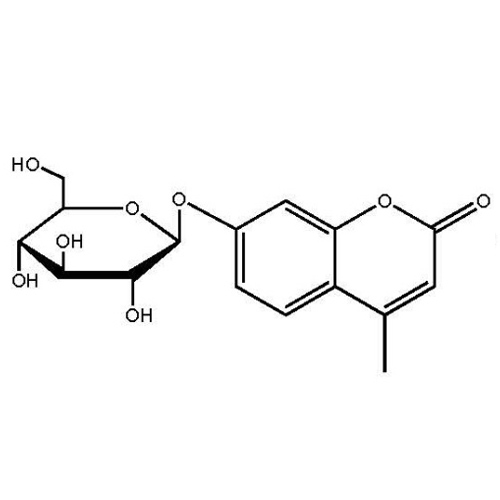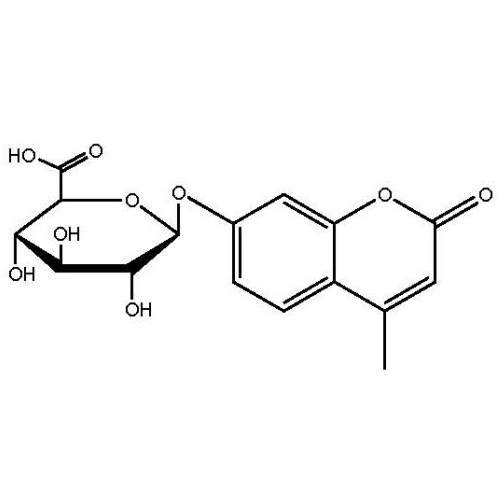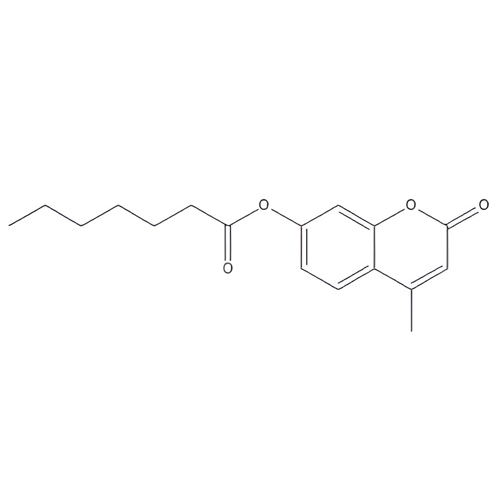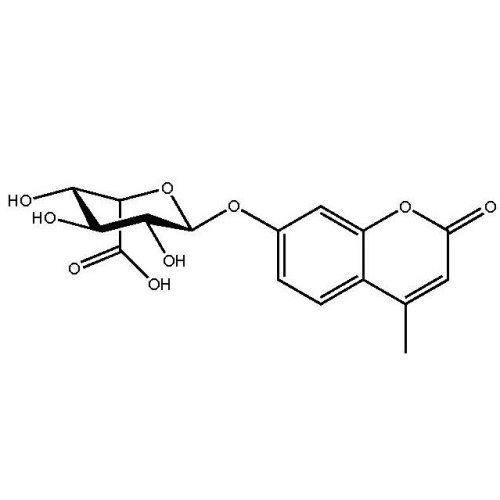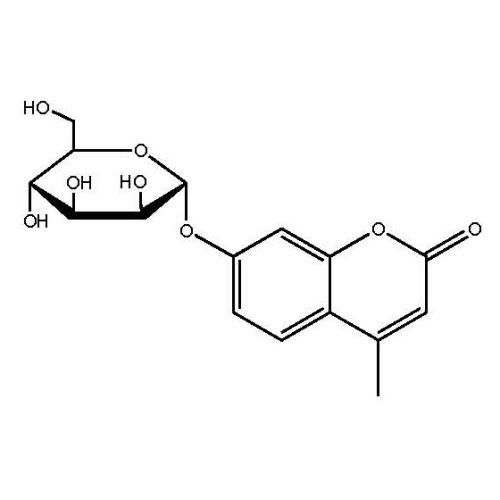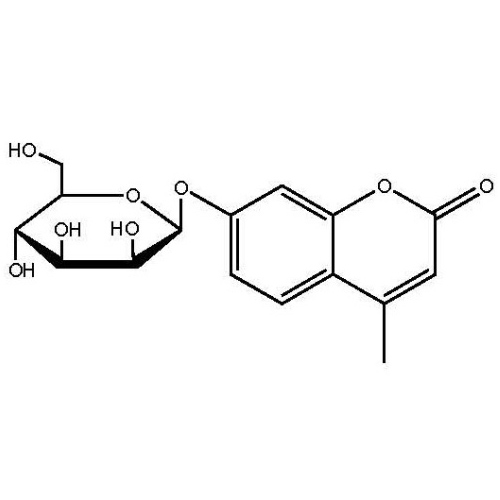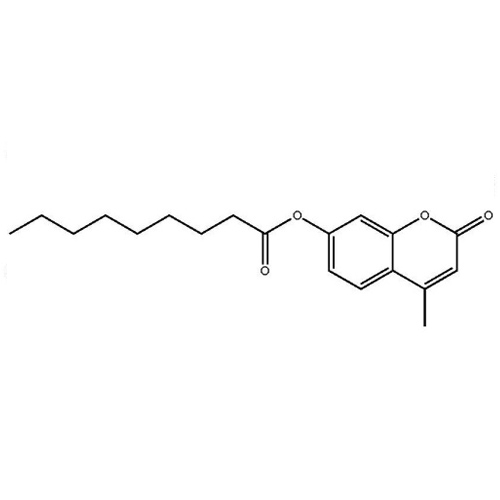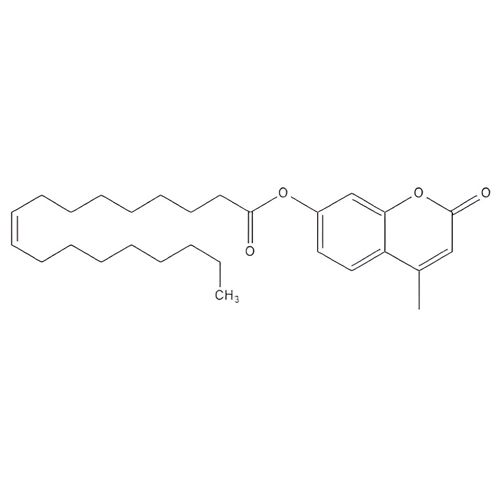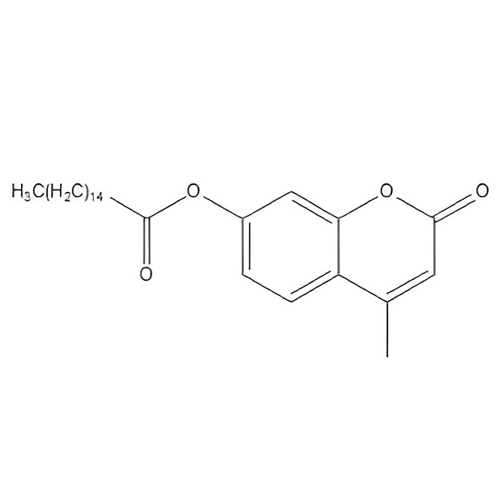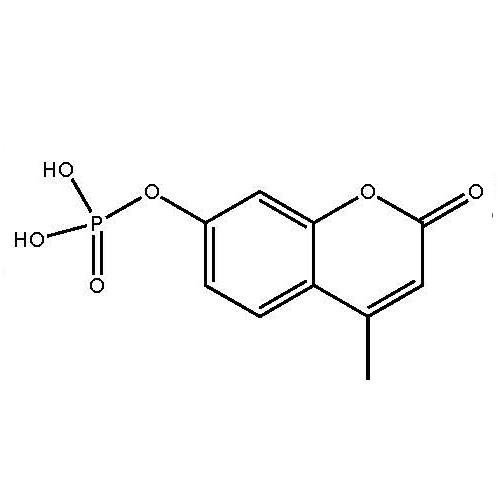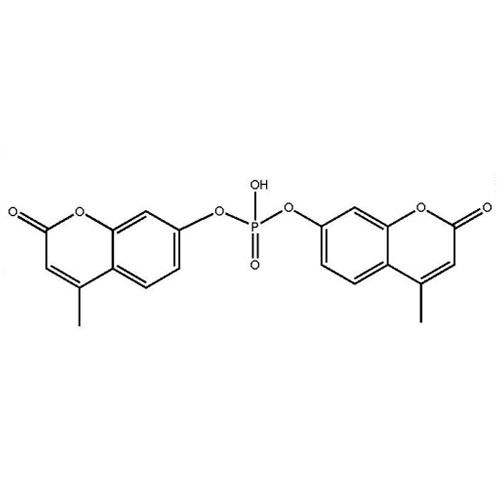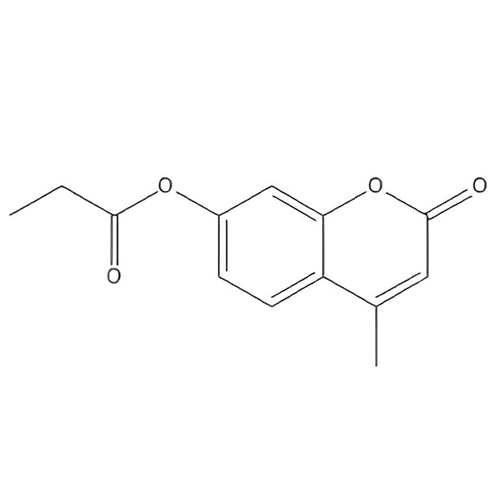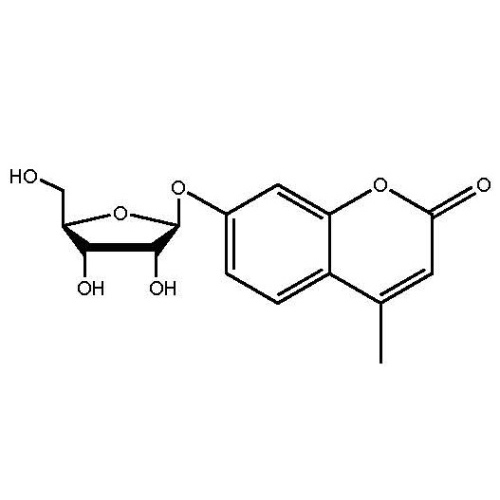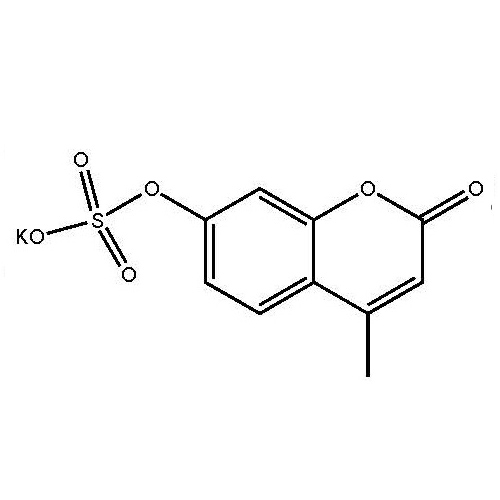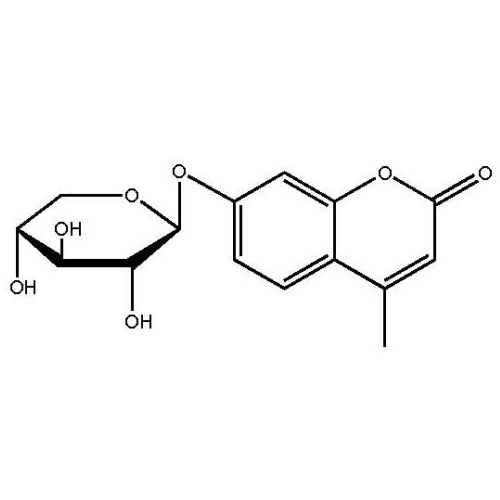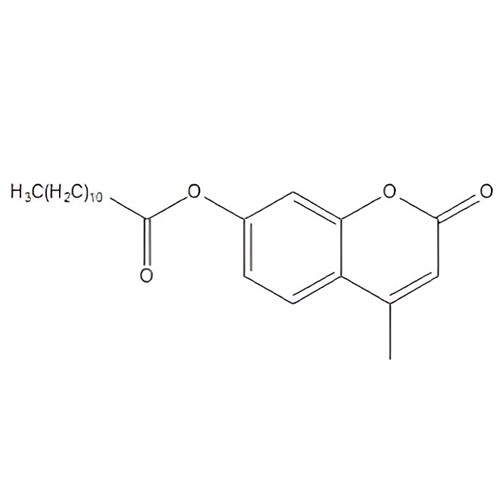![Methylumbelliferyl [4MU] Substrates](https://www.glycosynth.co.uk/images/section-description-images/4MU-substrates.png)
4-Methylumbellifery (MU substrates)
4-Methylumbelliferyl (MU or 7-hydroxy-4-methylcoumarin) enzyme substrates are colourless non-fluorescent products, which on cleavage by an enzyme produce a detectable, soluble, highly fluorogenic endpoint. The maximum fluorescence of free 4-methylumbelliferone can be seen when the hydroxyl group is fully deprotonated at an alkaline pH. The excitation wavelength of 4-methylumbelliferyl is in the range 350 to 370 nm and emission wavelength 440 to 470 nm.
4-Methylumbelliferyl-substrates have a wide application in diagnostic microbiology. 4-Methylumbelliferyl beta-D-galactopyranoside (our product 44045), beta-D-glucopyranoside (our product 44059) and beta-D-glucuronide (our product 44064) substrates all have applications in the water testing for the detection of coliforms, E.coli and enterococci. 4-Methylumbelliferyl-substrates have the advantage that the released 4-methylumbelliferyl is non-toxic so should not affect bacterial growth.
Together with the above-mentioned glycosides, Glycosynth offers a wide range fluorogenic 4-methylumbellifery substrates, including 4-methylumbelliferyl-phosphate (our product code 44093) for alkaline phosphatase activity. Several esterase substrates including 4-methylumbeliferyl oleate (our product code 44091), caprylate (product code 44021) and nonanoate (44089) are also available. Substrates for the detection of lysosomal storage diseases, including 4-methylumbeliferyl alpha-L-iduronide free acid (product code 44076) for Hurler - Scheie Syndrome [MPS-I] and 4-methylumbeliferyl beta-D-galactopyranoside-6-sulfate sodium salt (product code 44050) for the diagnosis of Morquio disease type A.
The full range of 4-methylumbelliferyl based substrates offered by Glycosynth can be found in the list below.
Picture: Hydrolysis of 4-Methylumbelliferyl beta-D-galactopyranoside (product code 44045) by Klebsiella pneumoniae visualised by UV light.




